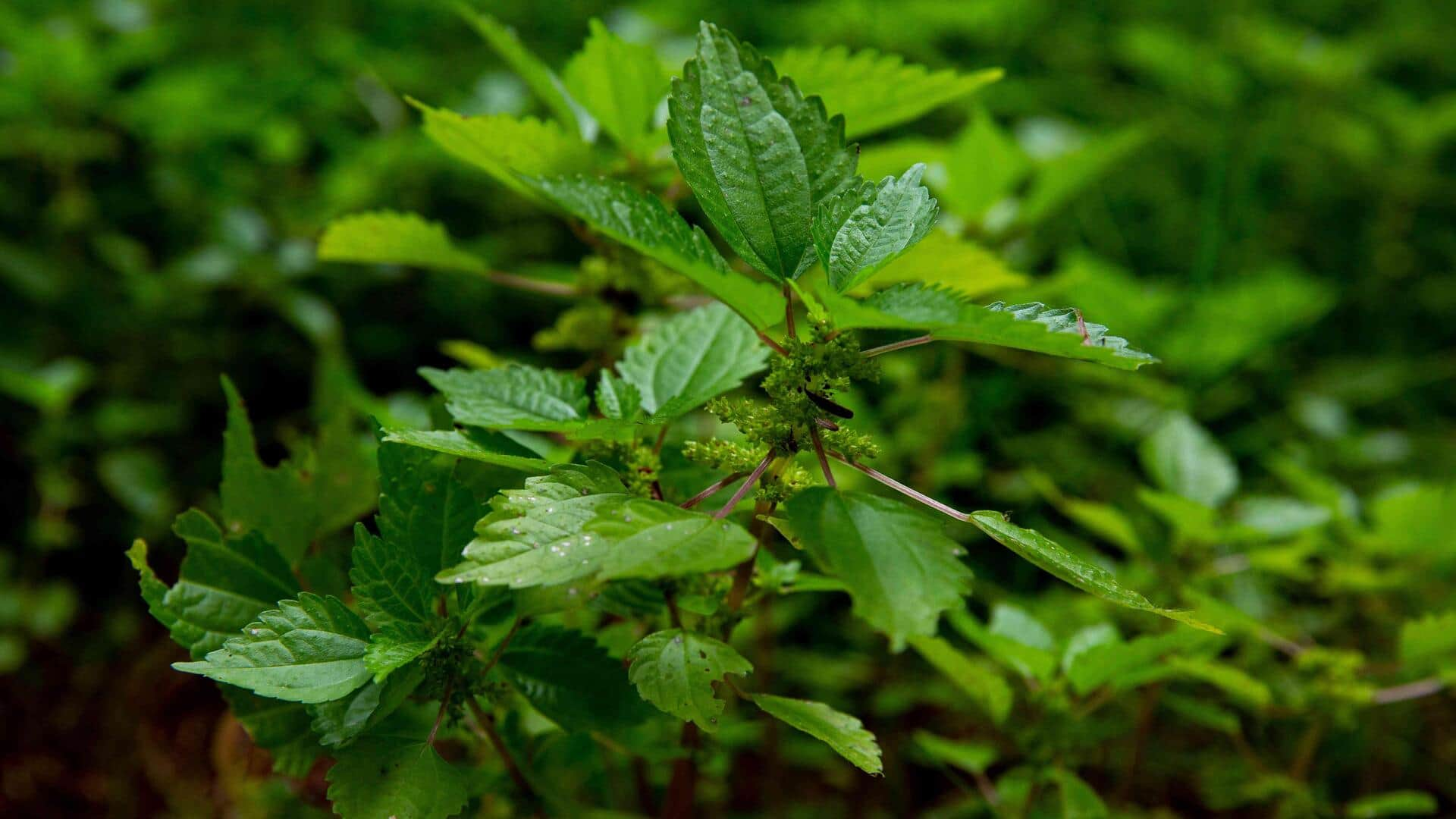
How to grow stinging nettle at home
What's the story
Growing stinging nettle at home can be rewarding for anyone interested in herbal remedies, sustainable gardening. Stinging nettle, which is known for its medicinal properties, makes a versatile plant that grows in a range of conditions. Here are practical insights into growing this beneficial herb either in your garden or indoors. With these simple tips, you can grow stinging nettle and enjoy its many benefits right at home!
Tip 1
Choosing the right location
Stinging nettle likes partially shaded areas with rich, moist soil. When choosing a location, make sure it gets indirect sunlight for optimal growth. If planting outdoors, pick a spot that retains moisture but doesn't become waterlogged. For indoor cultivation, keep the plant close to a window where it can receive filtered light throughout the day.
Tip 2
Preparing the soil
The soil should be well-draining and rich in organic matter to promote healthy growth of stinging nettle. Amend the soil with compost or well-rotted manure before planting to make it more fertile. A pH level between 5.5 and seven works best for this plant. Regularly check soil moisture levels to keep it consistently hydrated without overwatering.
Tip 3
Planting stinging nettle seeds
Sow stinging nettle seeds directly into prepared soil in early spring when temperatures are mild. Scatter seeds evenly across the surface and lightly cover them with soil or compost. Keep consistently moist until germination occurs in two to four weeks. Thin seedlings as needed to prevent overcrowding and promote robust growth.
Tip 4
Caring for your plants
Once established, stinging nettles need very little maintenance but they benefit from regular watering during dry spells to keep the soil consistently moist but not soggy. Mulching around the plants also helps retain moisture while suppressing weeds that compete for nutrients. Monitor plants regularly for pests like aphids or caterpillars, and remove them manually if necessary.
Tip 5
Harvesting stinging nettle safely
Harvest leaves when they are young and tender, but wear gloves since they have sting-inducing hairs on stems and leaves, which can irritate skin on contact with bare hands. Use scissors or shears instead of pulling off leaves directly from stems, which may unnecessarily damage plants, leading towards reduced yield over time (if done repeatedly without care taken beforehand regarding proper handling techniques involved here too).